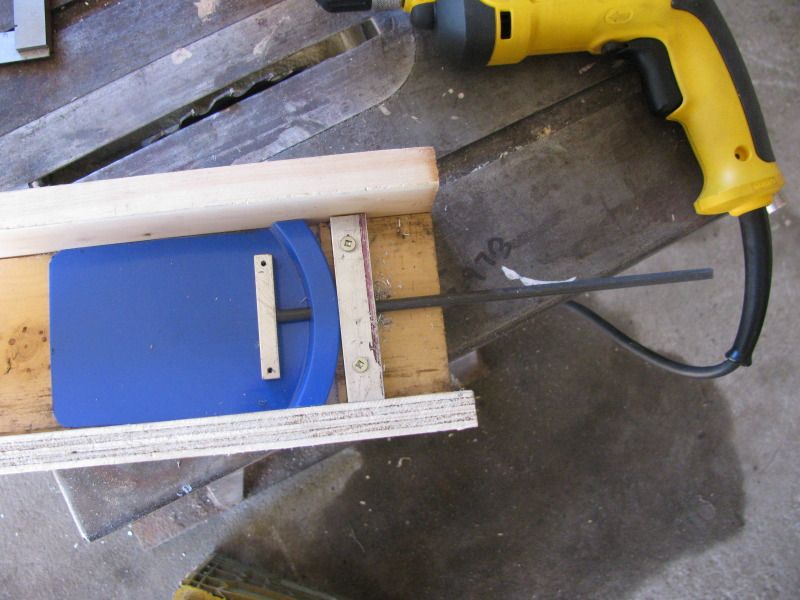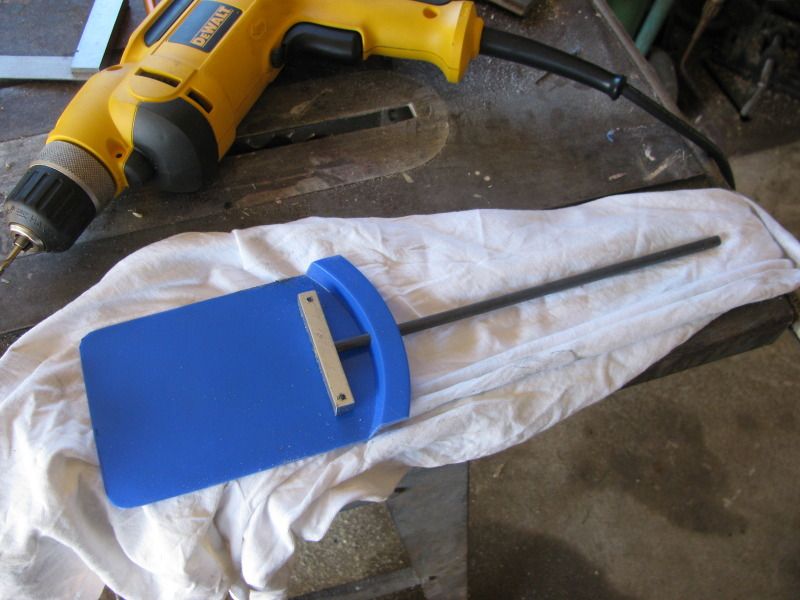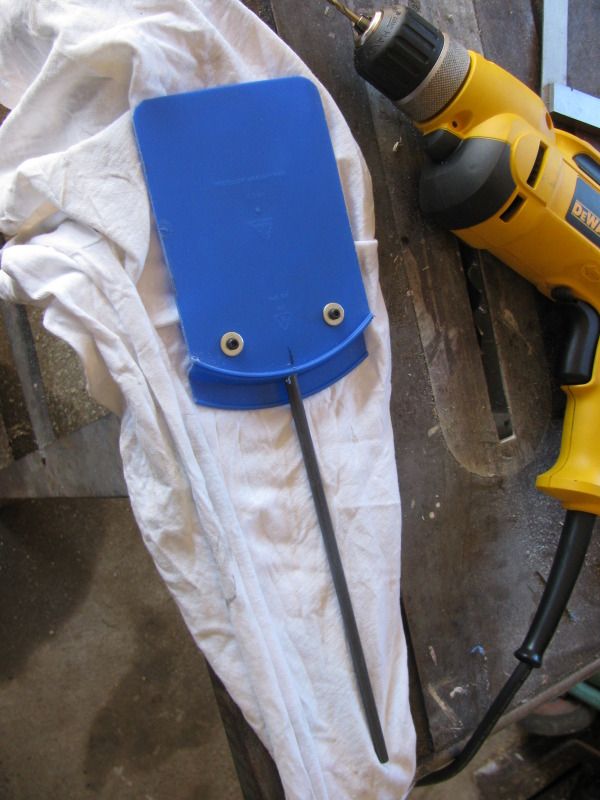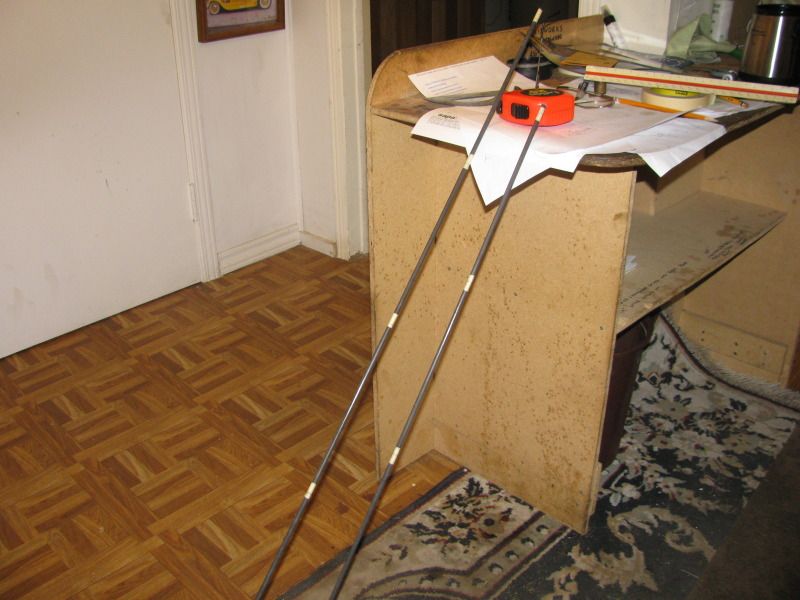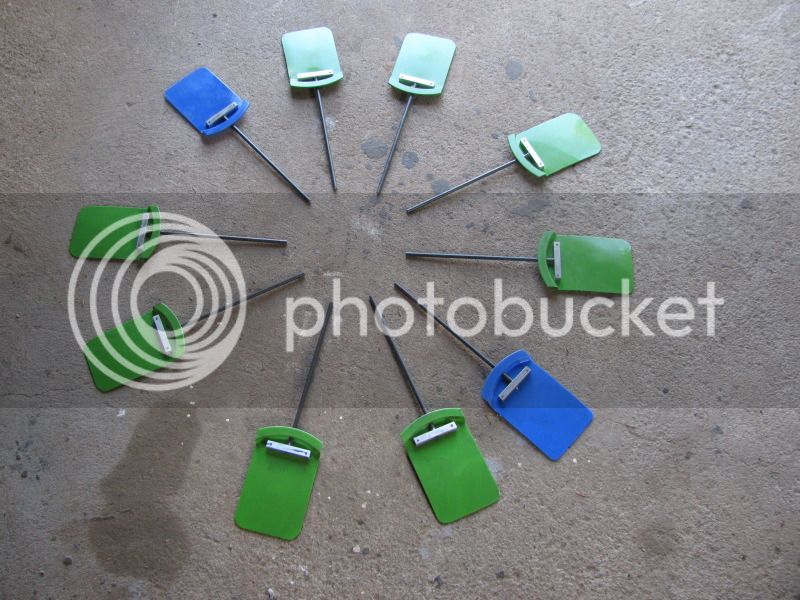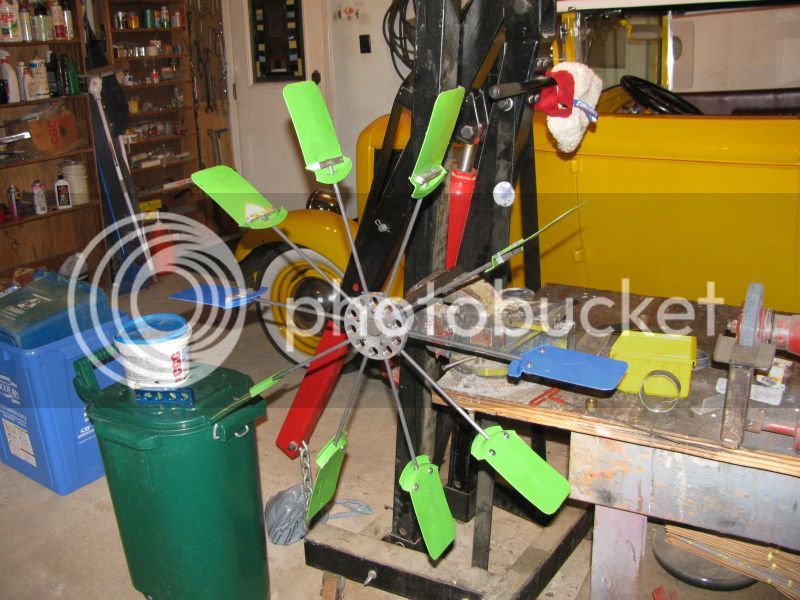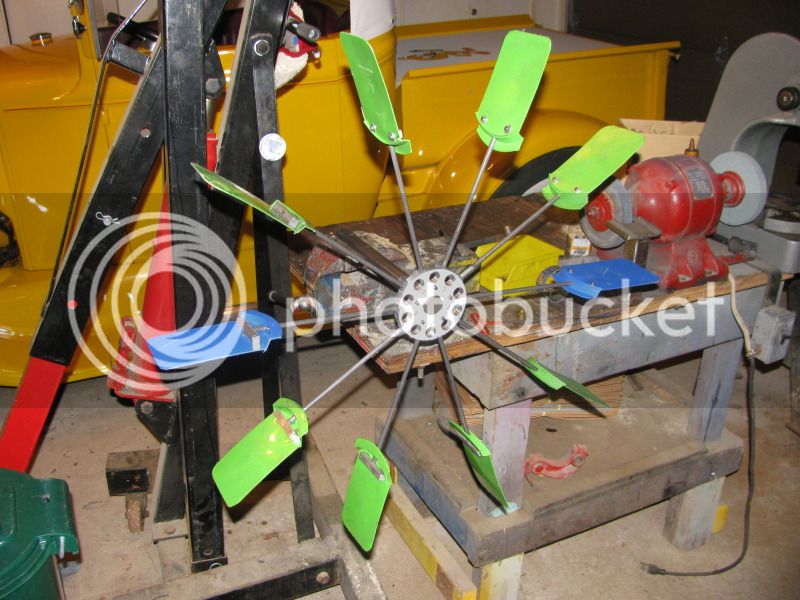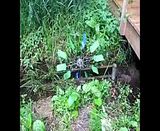Four years ago when I first bought my lathe and mill, one of the first things I built was a waterwheel to run in the spring fed stream that wanders through my back yard. It is only a small stream, with just enough flow to turn the wheel, with virtualy no extra capacity to power anything. The wheel has turned faithfully for four years, but due to the unusually high mineral content of the water, I get a severe buildup of minerals on the waterwheel, and as it gets heavier and heavier, it turns slower and slower, to the point where I have to bring it in and dismantle it and soak it in CLR to get rid of the deposits. The "arms" are made from 1/4" diameter aluminum rod, and the "paddles" are the ends cut off stainless steel soup ladles. The soup ladles are 3 1/2" in diameter, and the flume box that the wheel runs in is 4 3/4" wide x 8 1/2" deep. (And that holds the entire flow of the stream). As the soup ladle enters the flume box, it is submerged approximately 2 1/2" below the surface of the water when the arm which supports it is vertical. The current waterwheel has 8 spokes at 45 degrees. My intent is to redesign the waterwheel and make the arms from 1/4" fiberglass (which weighs about 62% of what the aluminum arms weigh). The new paddles will be made of plastic and be 3 3/4" wide and a full 6" long, to take better advantage of the water flowing through the flume box. I will take pictures and do a bit of a write up as I proceed with this magnificent feat of engineering, so welcome along for the ride.----Brian
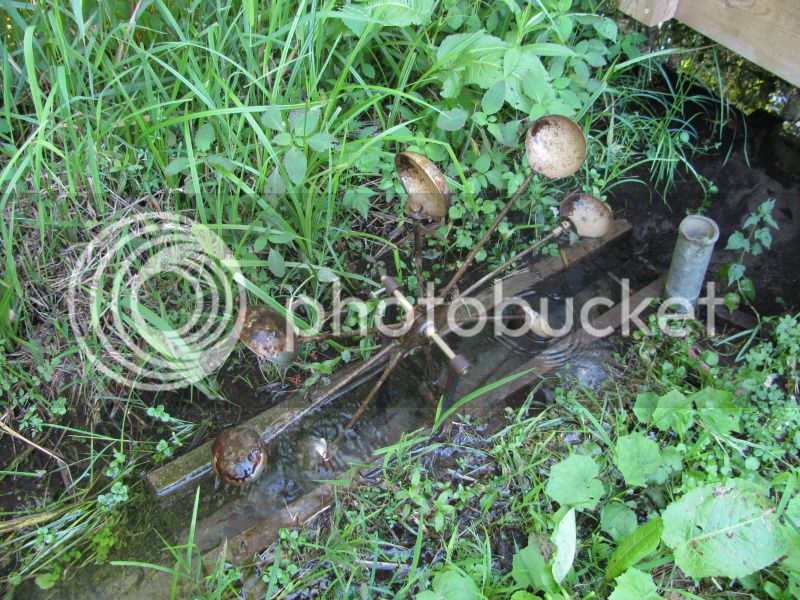
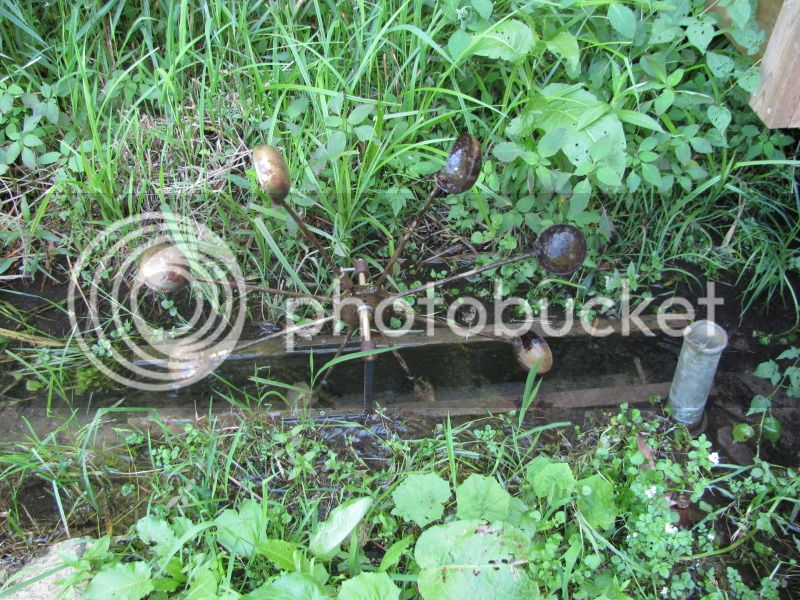







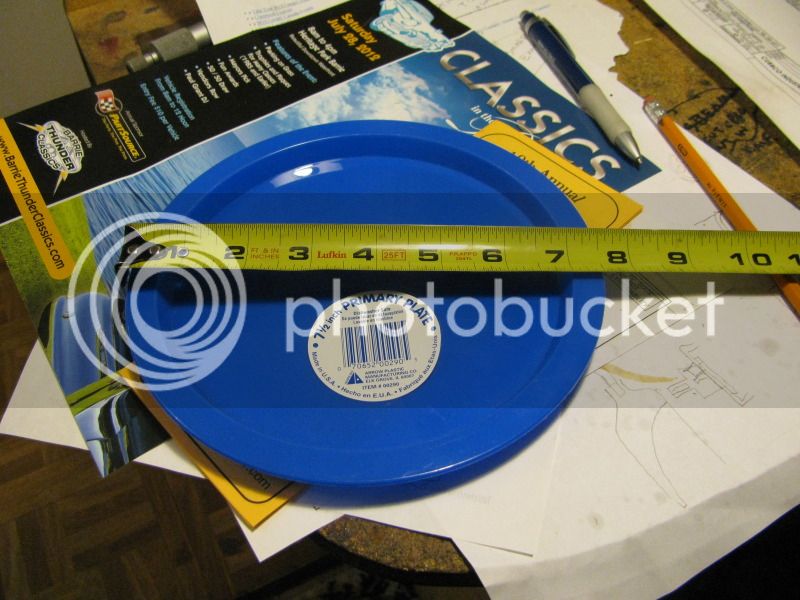
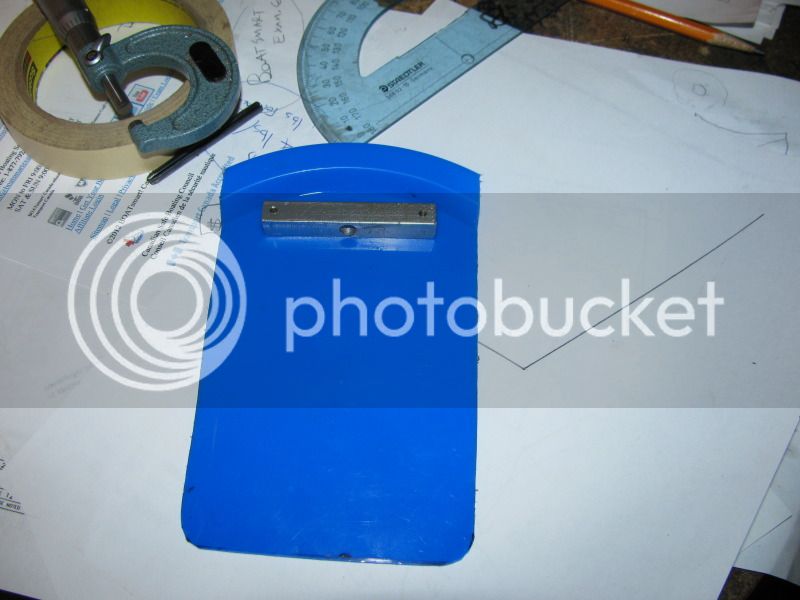
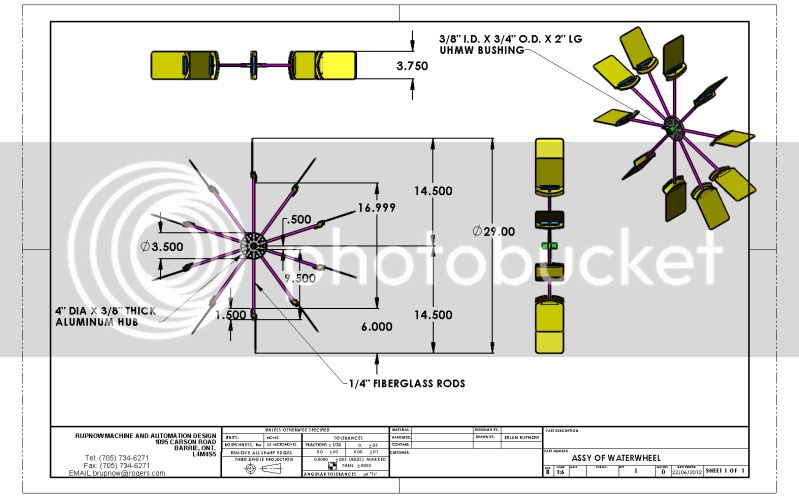
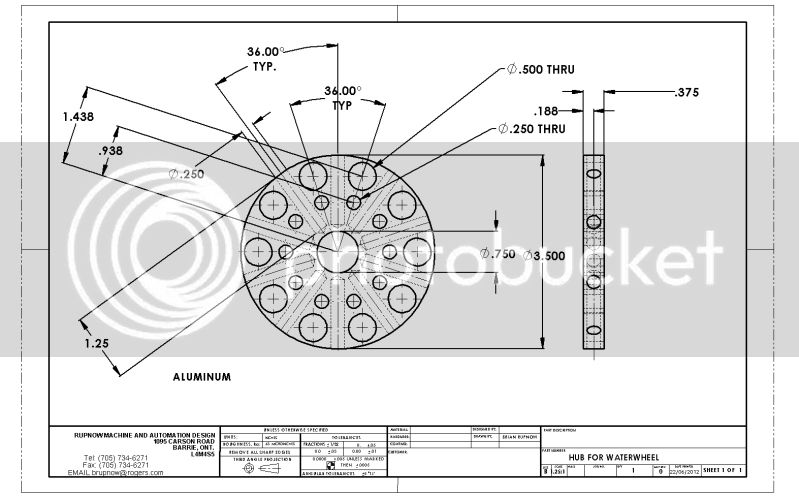
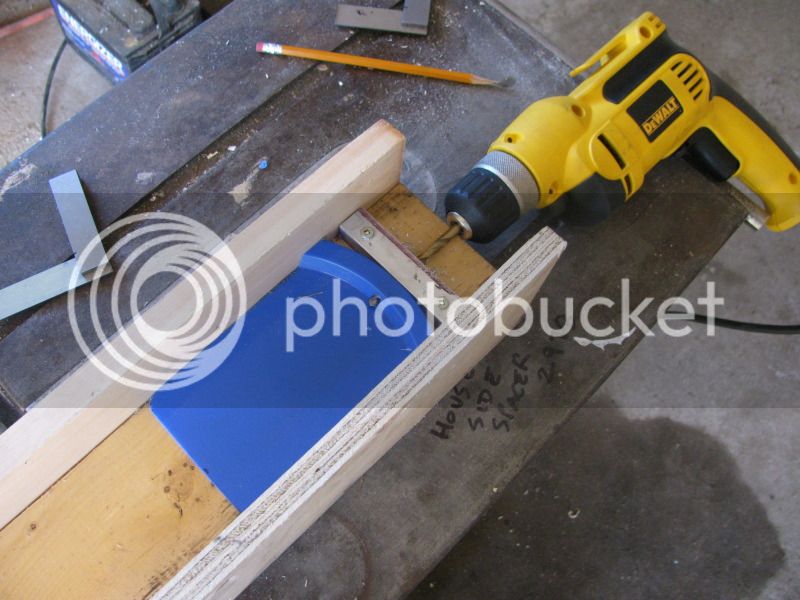
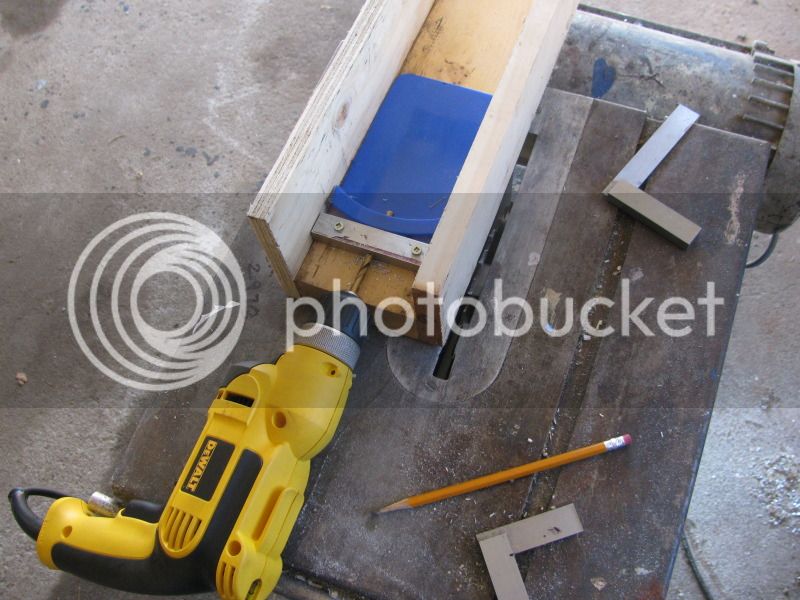



















![DreamPlan Home Design and Landscaping Software Free for Windows [PC Download]](https://m.media-amazon.com/images/I/51kvZH2dVLL._SL500_.jpg)








![MeshMagic 3D Free 3D Modeling Software [Download]](https://m.media-amazon.com/images/I/B1U+p8ewjGS._SL500_.png)


























